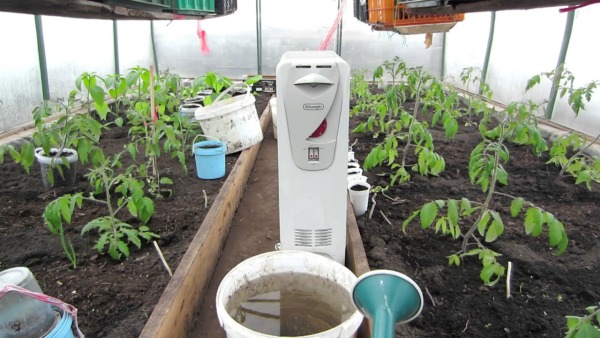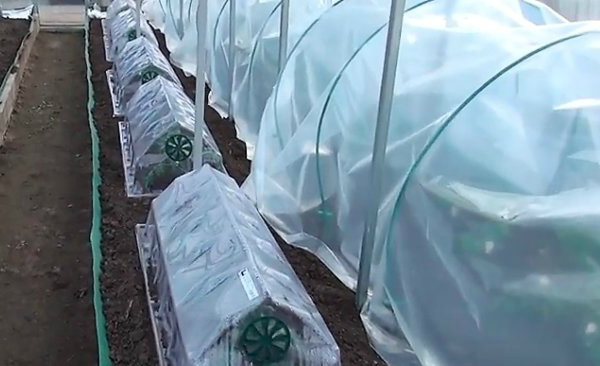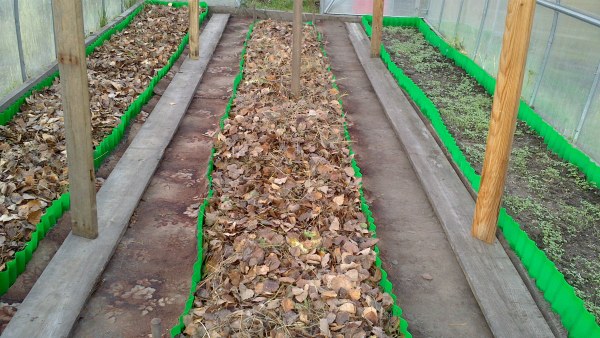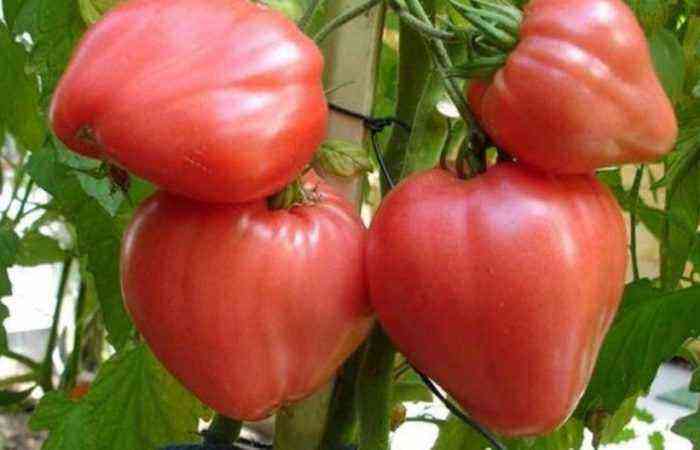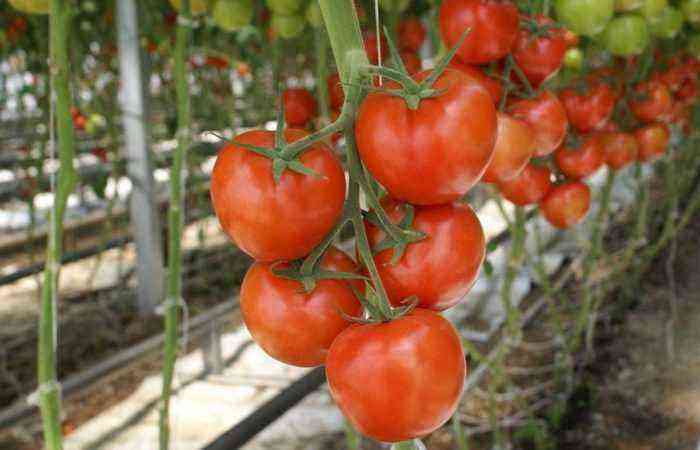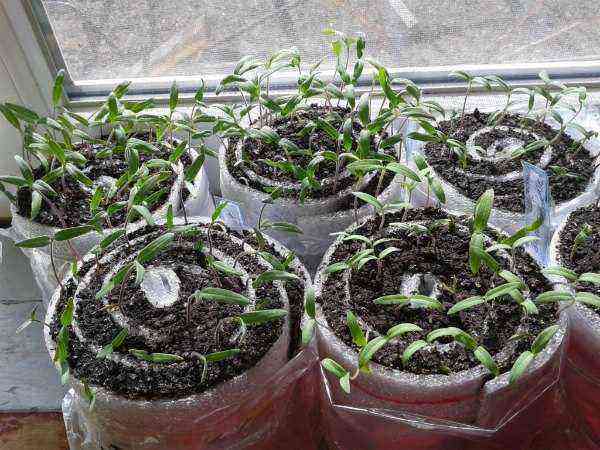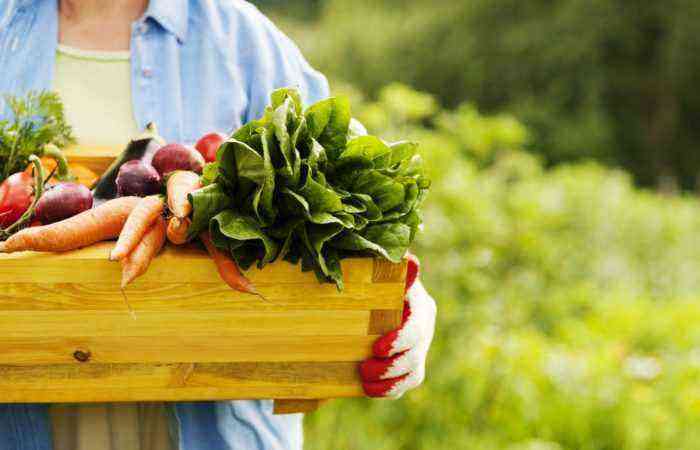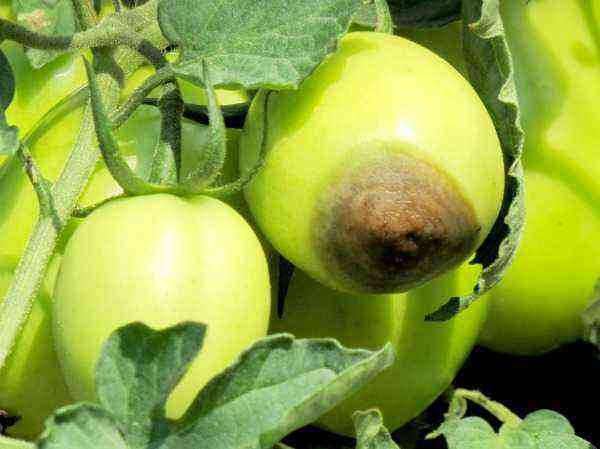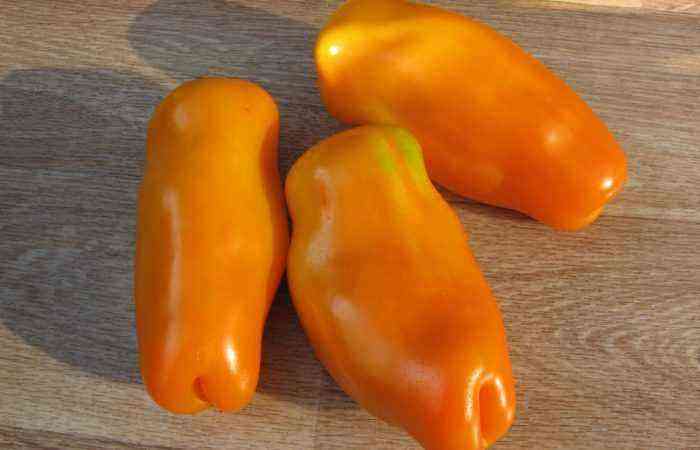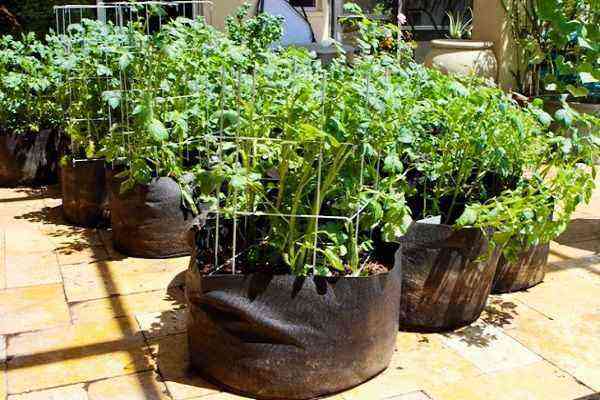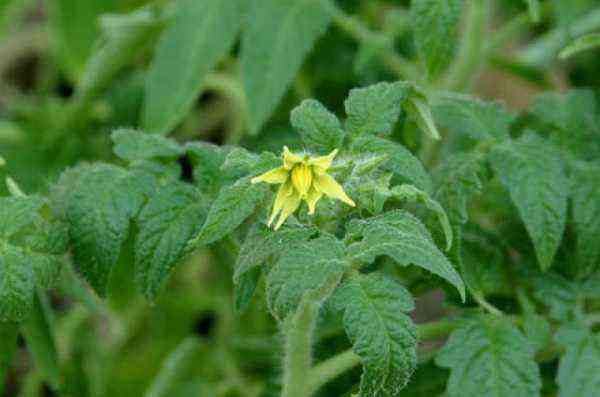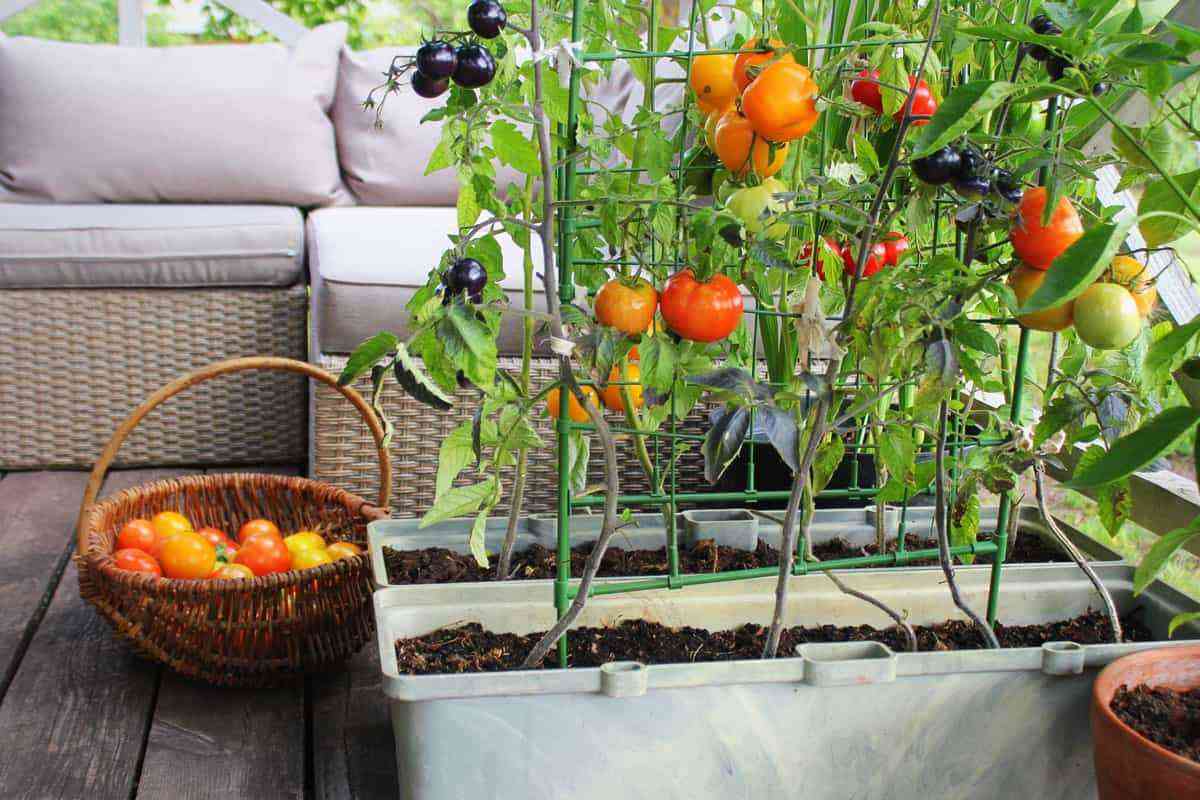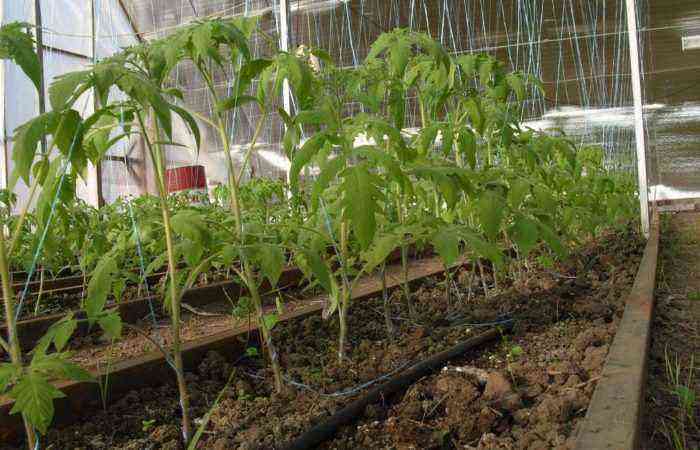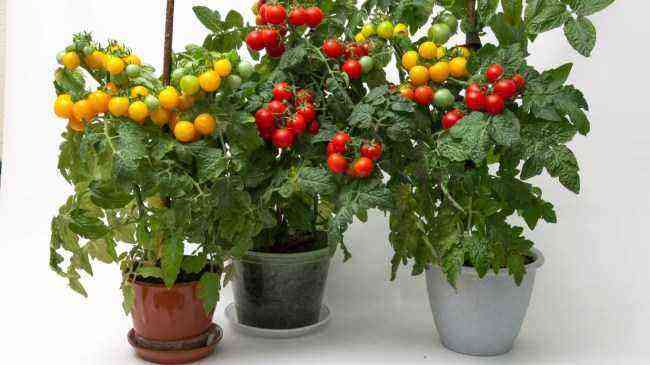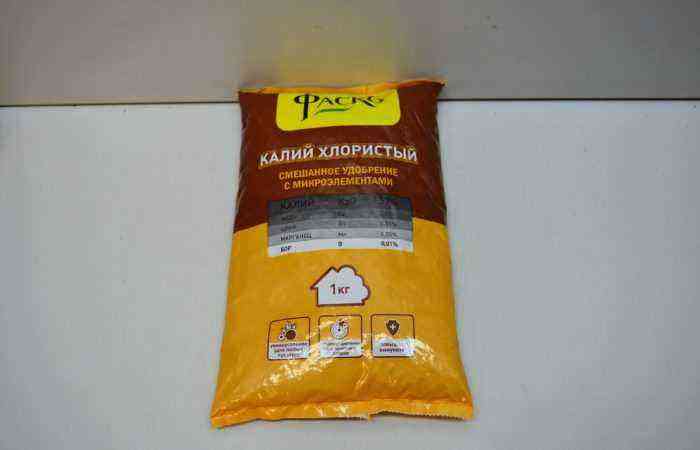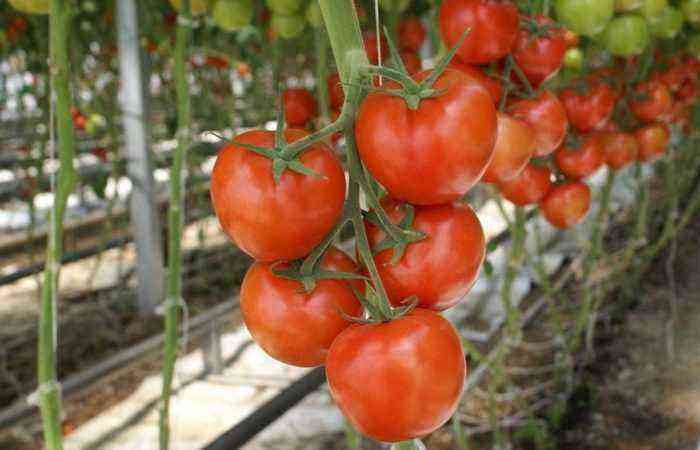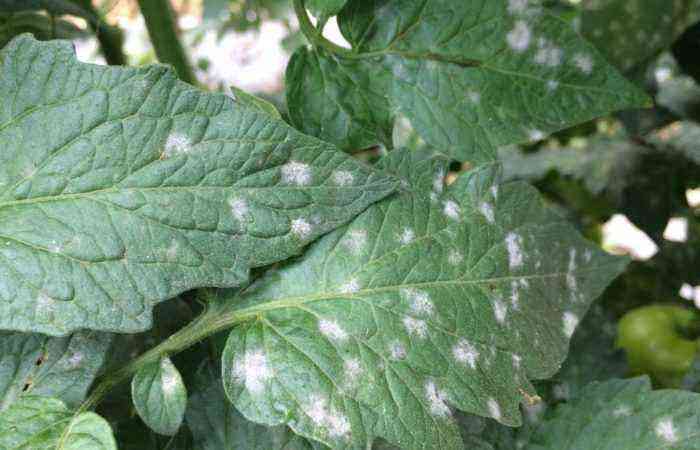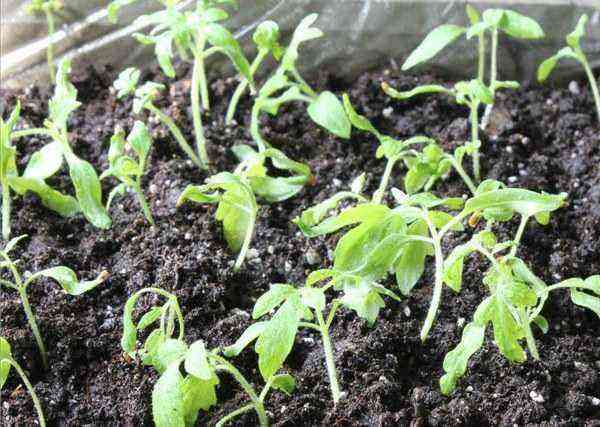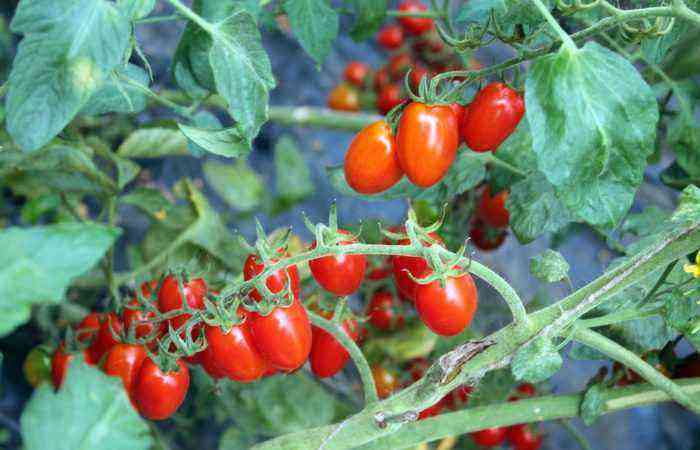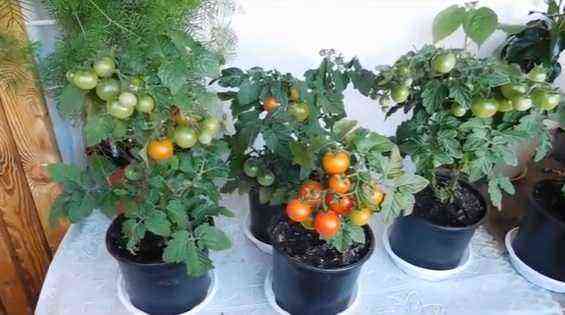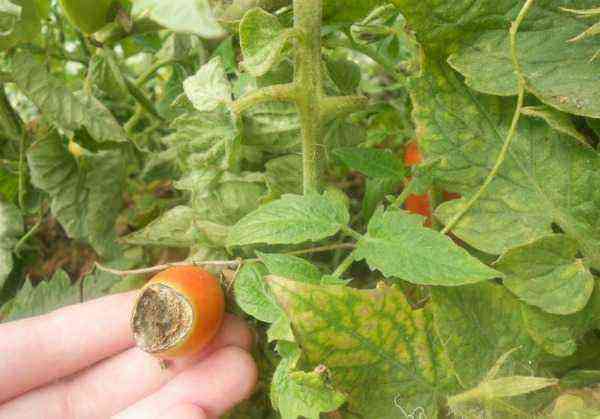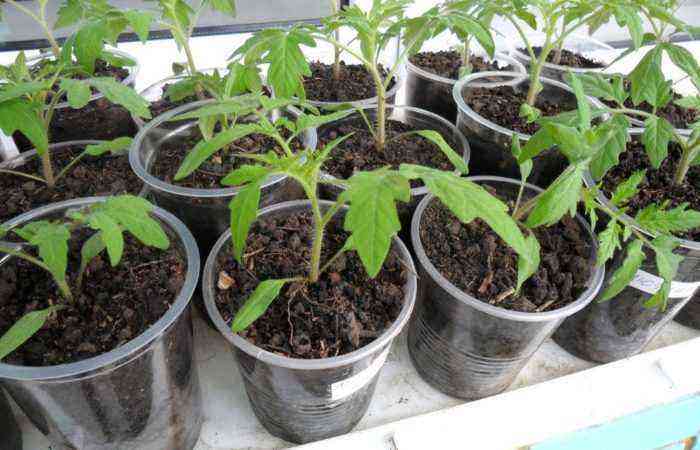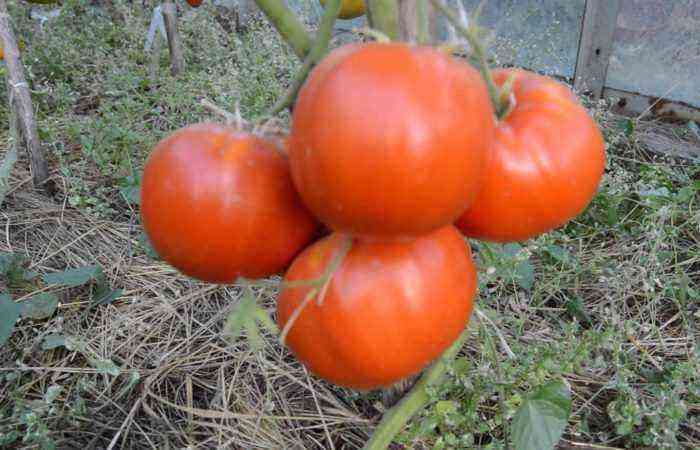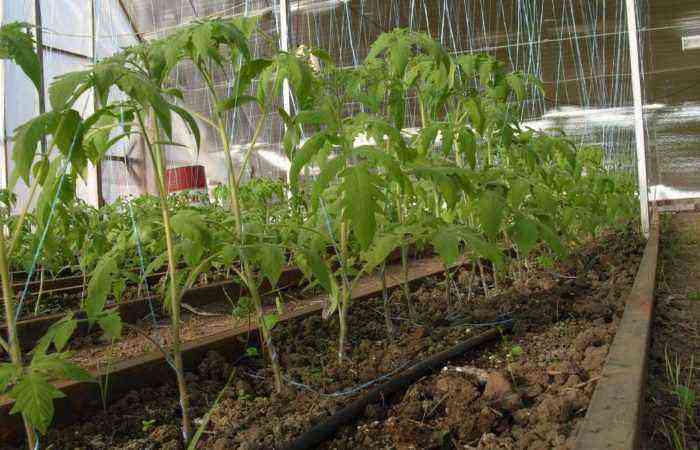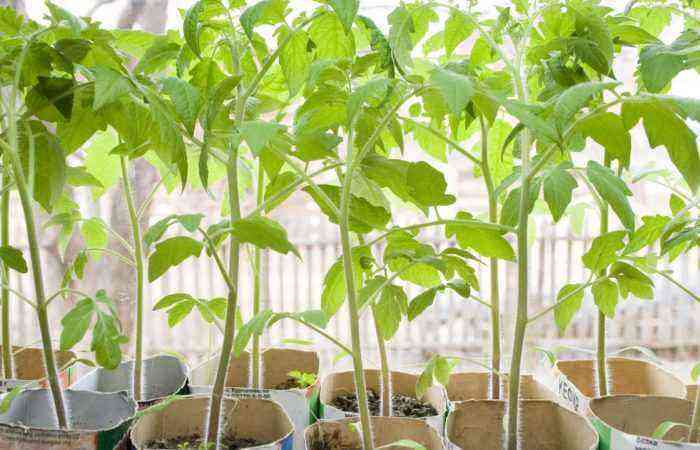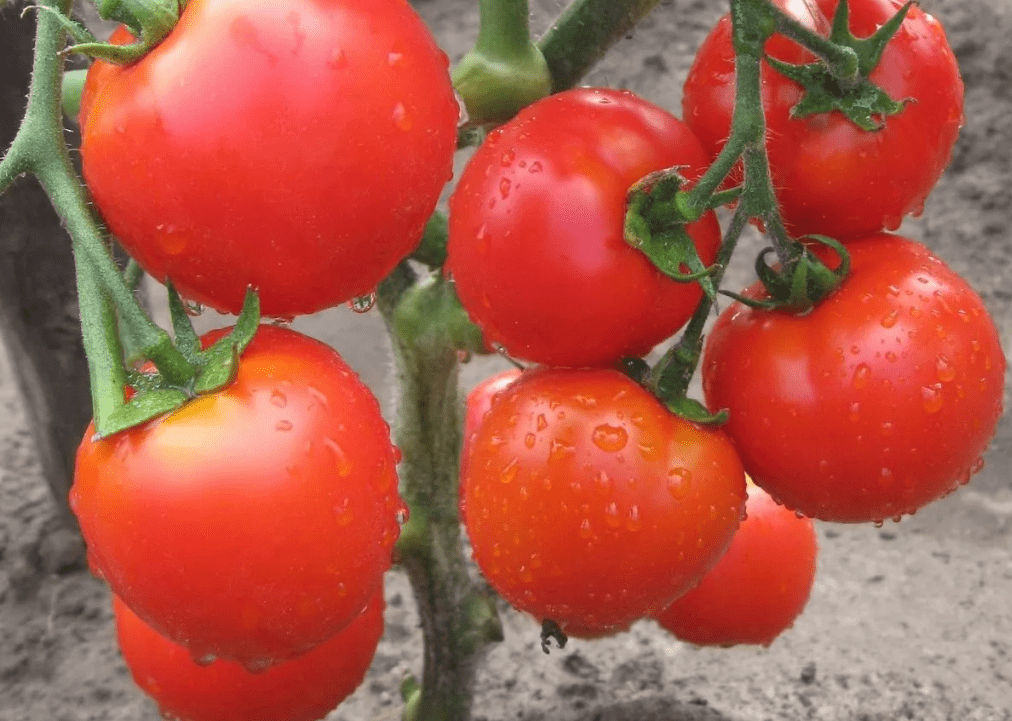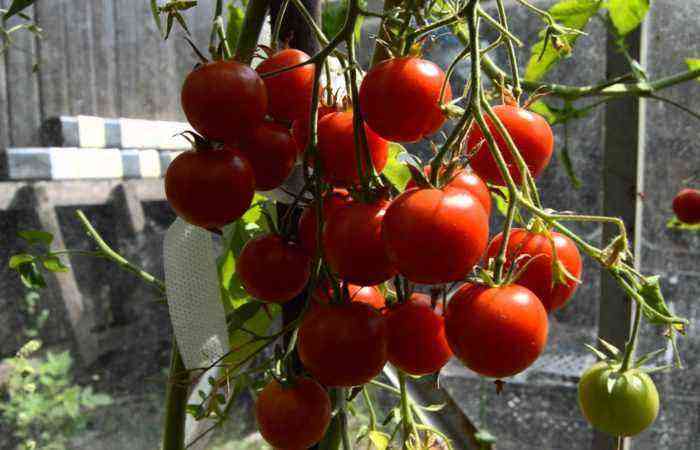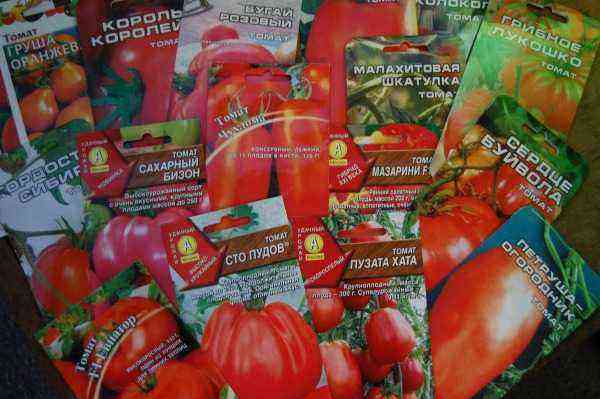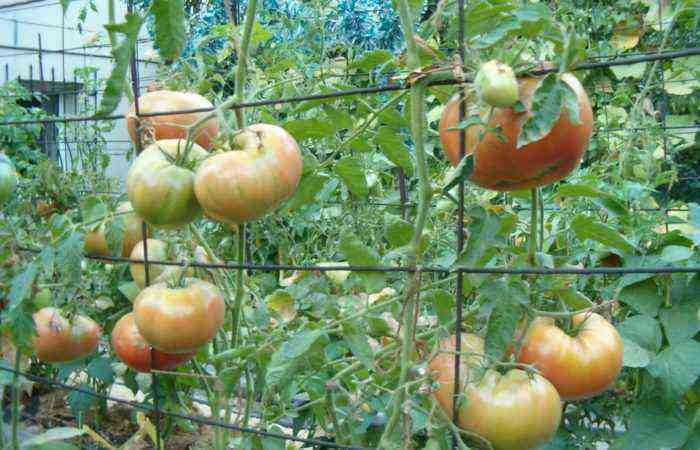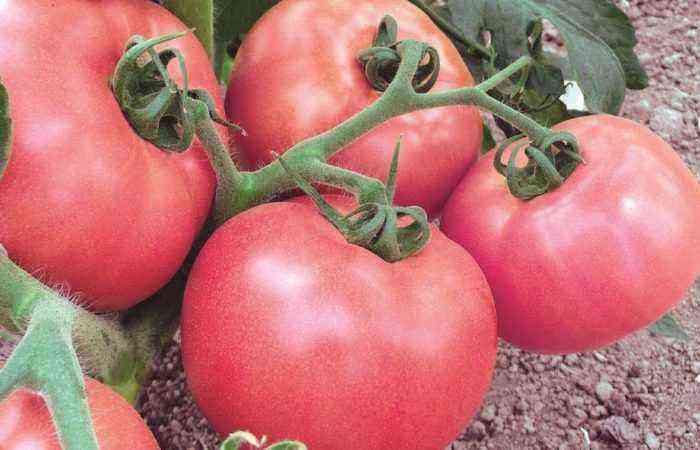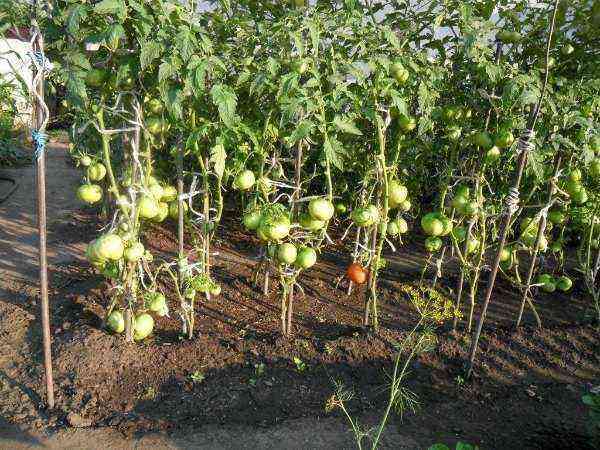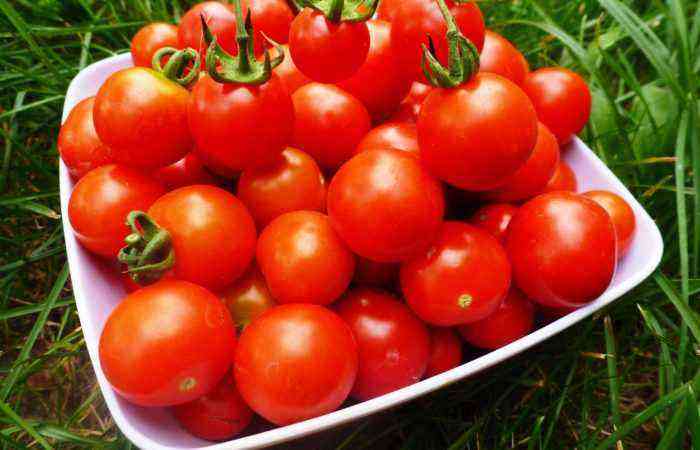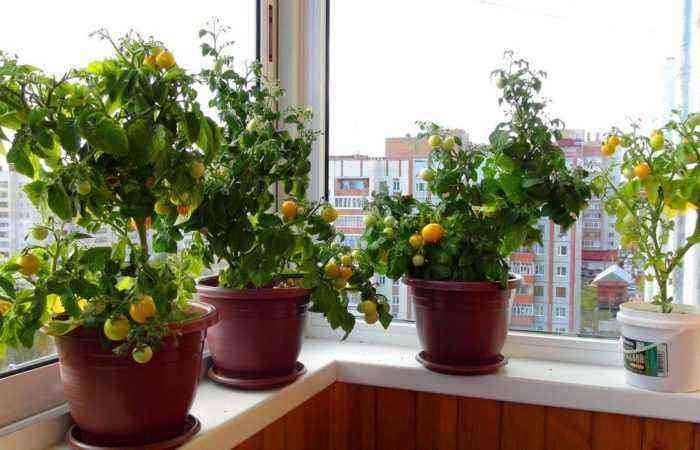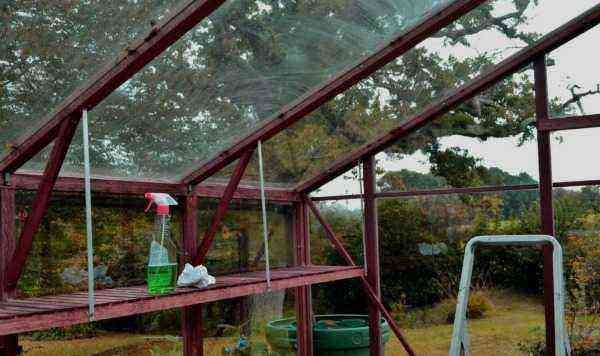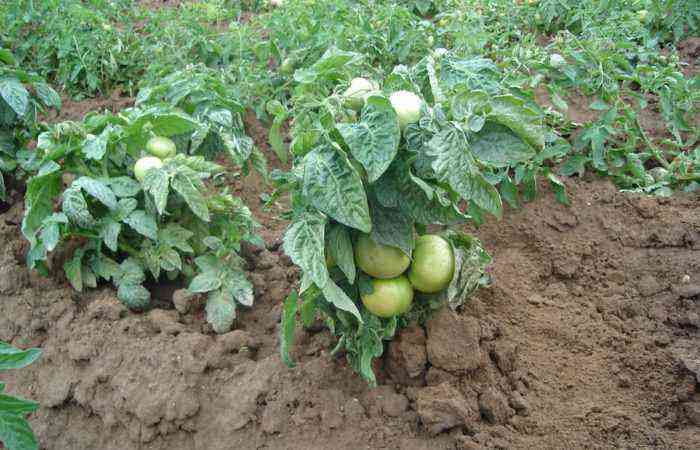Returning spring frosts pose a danger not only to tomato seedlings planted in open ground, but also to those that grow in an unheated greenhouse. She, too, can suffer greatly from frost or even die. What to do in this case to protect the tomatoes from frost?
How to determine if there will be frost?
Unfortunately, weather forecasts regarding frosts are not always correct. Practice shows that it is impossible to rely only on them. There are other ways to help you find out whether to wait for a freeze or not.
National signs
Just by observing the weather during the day, you can understand whether to expect frost in the morning.
There are several time-tested folk signs:
- If the weather is clear in the evening, and the air temperature is kept at 4-7 degrees, then there is a high probability that there will be a frost. It is especially worth fearing if, with the onset of night, it has become sharply cold outside.
- In the evening, the air temperature outside dropped significantly, the weather is calm and cloudless, and there is no dew on the grass – these are sure signs that it will be frosty in the morning.
- Probably, many have heard about the sign associated with the flowering of bird cherry. It has long been noticed that when bird cherry blossoms, in the morning the air temperature often drops to negative values.
scientific way
You can also find out whether to expect a frost in the morning in a scientific way. To do this, you need to make a special device.
- Take a small piece of cambric and wash it in lye.
- Then they need to wrap around the ball of a mercury thermometer, which is used to measure the temperature of the air outside.
- Hang it over a glass of water so that the cambric-covered ball is immersed in the liquid.
- The device is ready for use.
During the evaporation of the liquid from the ball, the mercury in the column will fall. You will only have to regularly check what temperature your thermometer shows.
- For example, if at one o’clock in the afternoon it shows a temperature of 2 degrees, then at night the temperature will drop to minus 2 degrees on the surface of the earth.
- To be sure that it will be frost in the morning, check the thermometer at 9 pm. For example, if it shows already 1 degree, then we should expect a decrease in temperature to minus 3 degrees.
In order not to miss the frost, every evening at 21 o’clock check the reading of your thermometer.
- If they are above 4 degrees, then you don’t have to worry, because there will be no frost on the coming night.
- But if the thermometer is 4 degrees or lower, then get ready to freeze.
How to protect seedlings of tomatoes from spring frosts
Tomato seedlings planted in an unheated greenhouse need protection from morning frosts. The fact is that the air heated in the daytime by the sun in the greenhouse cools down with the onset of night.
As a rule, by morning the air temperatures in the greenhouse and outside become approximately the same. Therefore, with the threat of frost, all necessary measures must be taken to help protect the seedlings.
Heating
If possible, install heaters that are designed for greenhouses, smoke bombs or special thermal tablets – heaters that do not produce soot during use.
- You can also install a heater or a heat fan in the greenhouse.
- You can also fill containers with hot bricks or embers and arrange them in several places.
- Barrels filled with hot or warm water can also help.
- Very thick wax candles, which are fixed in metal bases, will also help save plants during a cold snap.
Greenhouse
But the easiest and most reliable way is to make a small greenhouse in the greenhouse, for this you can use various covering materials.
In order not to break the tomatoes, special arcs must be installed above them, onto which spunbond, film and other covering materials are thrown.
Experienced gardeners advise that before frosts, be sure to water the seedlings if the soil near it is dry, and do not open the greenhouse yet and moisten the covering material from the spray bottle at night.
Greenhouse insulation
You can also insulate the greenhouse itself, but this method is resorted to only when the tomato bushes are already very large and it is difficult to cover them with covering material from above. To do this, an additional shelter is pulled over the greenhouse.
If at the moment there is not enough plastic sheeting on hand, then old blankets, carpets, bedspreads, etc. can be used. The main thing is to make sure that there is free space between the covering material and the greenhouse, the so-called air gap, which retains heat well.
Bed warming
To ensure that tomato seedlings in the greenhouse do not suffer from frost, you can take care even before planting them.
- To do this, during the preparation of the landing holes, straw, peat, weed grass (without roots) or a little manure are laid on their bottom.
- Then this layer is sprinkled with earth and seedlings are planted.
In the process of decay of such materials, a rather large amount of heat will be released, which will warm the root system and protect it from freezing.
If you are afraid that the roots of tomatoes may suffer from such a “thermal cushion”, then dig a ditch between the rows and fill it with any of the listed materials. From above it is sprinkled with soil and well spilled with water.
other methods
Even with the threat of frost, tomatoes can be covered with bags, cardboard boxes, old buckets, rags, etc. If it happened that there was nothing at hand at the moment, but you need to act quickly, then just spud the bushes very high, and their tops sprinkle with straw or mowed grass.
How to save tomatoes from frost in a polycarbonate greenhouse
Every year, polycarbonate greenhouses are becoming more and more popular with gardeners. The fact is that such greenhouses have a lot of advantages, but they cannot protect tomato seedlings from frost in the spring.
But you can do it, and there are several time-tested ways to do this:
- Hothouse heaters. Making heating pads for a greenhouse is very simple, to do this, fill plastic bottles with hot water and place them near the tomatoes, but rather dig them into the soil. As the water cools, it is replaced with hot water. Instead of bottles, heated stones can be used. Since this method is very laborious, it is recommended to use it only in emergency cases.
- Candles. Place a few wax candles (10 to 15 pieces) in the greenhouse and set them on fire. By the way, you can use both thick candles and thin ones.
- Warming of the greenhouse. If possible, insulate the polycarbonate greenhouse from the inside with a film.
As a rule, in its design there are elements for which, with the help of clamps, you can hook the material. Here, as in the case of conventional greenhouses, it is undesirable for the two materials to fit snugly against each other, remember that there must be an “air gap” between them.
If desired, the greenhouse can be insulated with a film not from the inside, but from the outside, but in this case more material will be needed.
- Heating. Install a metal tank near the greenhouse. A porous brick is superimposed on it. Then it is impregnated with any combustible liquid. From the container directly to the top of the greenhouse, take the pipe and set fire to its contents.
Thanks to this, a warm cloud appears under the ceiling of the greenhouse, which can protect tomato seedlings from freezing. Instead, an electric heater can be installed in the greenhouse.
- Shelter. Install metal arcs above the plants and stretch insulation (lutrasil or spunbond) over them. At the same time, remember that 1 thick layer of material will protect tomatoes from the cold much worse than 2 thin ones.
- Barrel with water. Install a dark-colored barrel in the greenhouse. It is filled with water, which during the day heats up in the sun, and with the onset of night it gives off heat. It should be noted that the larger the capacity, the better it will “heat” the greenhouse.
How to save frozen seedlings
In the event that you still failed to protect the tomato seedlings from spring frosts, and it froze, then urgent measures must be taken to help reanimate it. The fact is that tomatoes are among the well-reviving plants. And if they are properly processed and provided with good care, then the grown bushes will give a good harvest.
But seedlings can be saved only if the frost was not lower than minus 3 degrees. If the bushes are covered with a crust of ice, then it is no longer possible to reanimate them.
Trimming
During freezing, tomatoes most often do not freeze completely. As a rule, only their upper part suffers, which becomes dark and droops.
To reanimate the affected seedlings, the following action plan must be followed:
- The part of the stem that has suffered from frost and turned dark must be removed. To do this, use a sharp pre-sterilized tool.
- If the bushes were damaged by frost very much, then they will need regular feeding with a solution of mullein or chicken manure.
- During the first 7 days, while the plants have not yet recovered, it is recommended to build a small greenhouse above them, consisting of metal arcs and a film.
Also, very often, Epin’s solution is used to save frozen tomatoes, which helps even in the most hopeless cases.
This adaptogen and biostimulant is very effective in freezing seedlings.
- Prepare the solution, strictly following the instructions on the package with the drug.
- Add a pinch of citric acid to the finished mixture.
- Late in the evening or early in the morning, spray the bushes with the resulting solution, after watering them.
- Processing cannot be done during the day.
Dousing
To reanimate frozen seedlings, they need to be doused with cold water before the sun rises. It is necessary to pour over each bush, trying to ensure that the liquid gets on all the leaves and shoots. When the dousing procedure is completed, do not touch the bushes so as not to shake off drops of water from them.
This procedure will help restore lost moisture to plants, and it also helps to stimulate sap flow.
Save tomatoes from frost – video
First aid for seedlings during frost – video
It is quite possible to save tomato seedlings grown in a greenhouse from frost. The main thing is not to miss the moment. Try to follow weather forecasts of weather forecasters, as well as observe nature, and then you will surely be able to take all necessary measures in a timely manner to save the seedlings and thereby save the future harvest.

